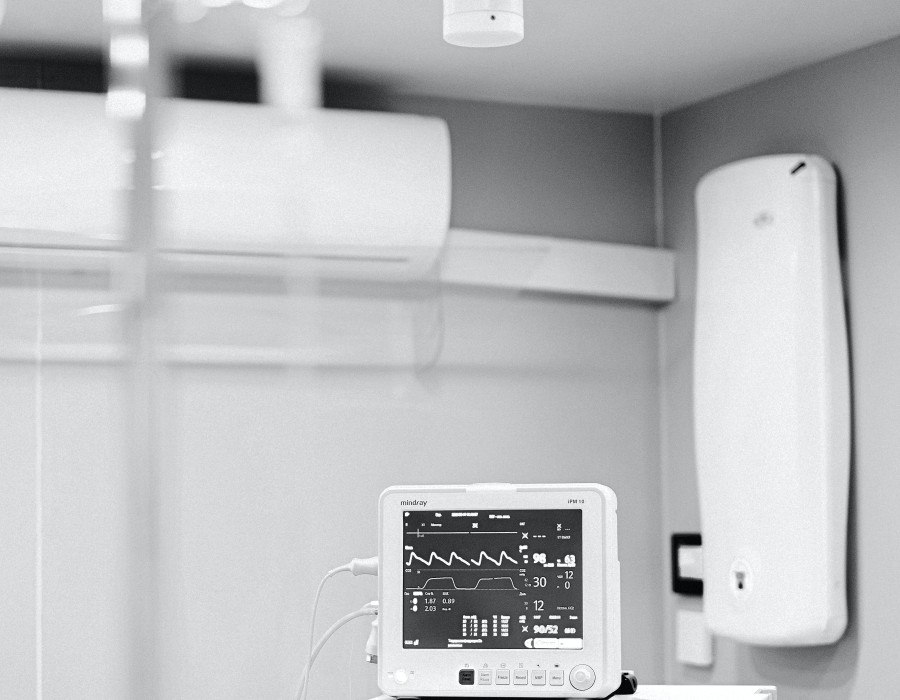Learning to read an EKG (electrocardiogram) is a valuable skill for healthcare professionals, especially those working in cardiology or emergency medicine. EKGs provide important information about a patient's heart rhythm and electrical activity. Here's a basic guide on how to read an EKG:
Understand the Basics:
An EKG is a graphical representation of the electrical activity of the heart over time.
The EKG paper consists of horizontal and vertical lines, with the horizontal lines representing time and the vertical lines representing voltage.
Components of an EKG:
P-Wave: The P-wave represents atrial depolarization, indicating the contraction of the atria.
QRS Complex: The QRS complex represents ventricular depolarization, indicating the contraction of the ventricles.
T-Wave: The T-wave represents ventricular repolarization, indicating the recovery phase of the ventricles.
PR Interval: The PR interval measures the time it takes for the electrical impulse to travel from the atria to the ventricles.
QT Interval: The QT interval measures the time it takes for ventricular depolarization and repolarization.
Heart Rate:
Calculate the heart rate by measuring the distance between R-waves (R-R interval) and using the appropriate scale on the EKG paper. A common method is the "300-150-100-75-60-50" rule.
Rhythm Analysis:
Examine the regularity of the R-R intervals. Irregularities can indicate arrhythmias.
Determine if the rhythm is regular, irregularly irregular (e.g., atrial fibrillation), or regularly irregular (e.g., second-degree heart block).





Comments